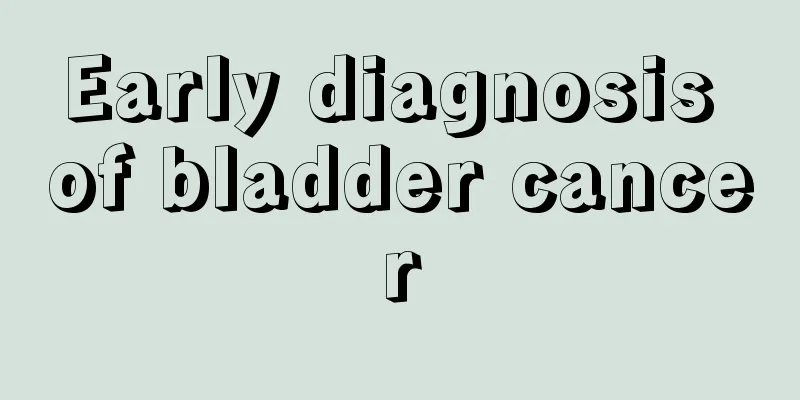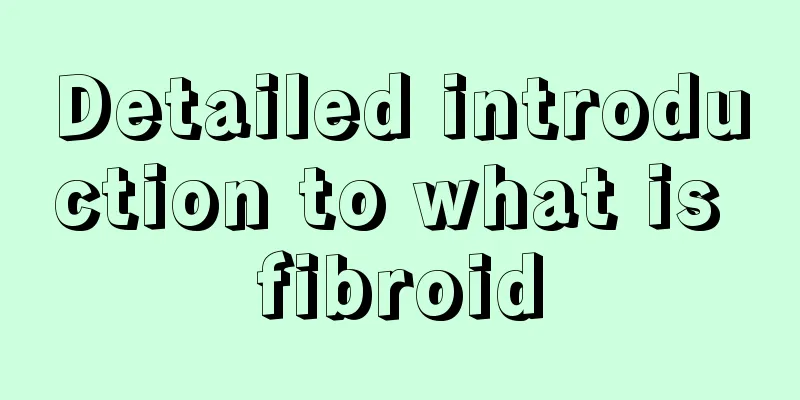What should I do if my temporomandibular joint is dislocated?

|
When we eat or laugh happily, our mouths open wide, which can cause temporomandibular joint dislocation. You can imagine how embarrassing and painful this situation is. If the temporomandibular joint is dislocated, you should seek medical attention immediately for diagnosis and treatment. Surgery or other methods can be used. Treatment must not be delayed, otherwise the tissue at the dislocated site will proliferate, making it impossible to restore the original dislocation. So let’s talk today about what to do if temporomandibular joint dislocation occurs? 1. Overview Temporomandibular joint dislocation refers to the condyle sliding out of the joint socket, beyond the normal limit of joint movement, and cannot return to its original position on its own. According to its nature, it can be divided into: acute dislocation, recurrent dislocation, and chronic dislocation; according to its location, it can be divided into unilateral dislocation and bilateral dislocation; according to the direction and position of the condylar dislocation, it can be divided into anterior dislocation, posterior dislocation, superior dislocation, and lateral dislocation. The latter three are mainly seen when there is external force injury. Acute and recurrent anterior dislocations are more common clinically. 2. Clinical manifestations (1) Abnormal mandibular movement. The patient's mouth is open and cannot be closed. Saliva flows out, speech is unclear, and chewing and swallowing are difficult. (2) The mandible protrudes forward, the cheeks become flatter, and the face becomes longer accordingly; (3) Due to condylar dislocation, there is a depression in front of the tragus upon palpation, and the dislocated condyle can be felt under the zygomatic arch. The symptoms of unilateral acute anterior dislocation are similar to those of bilateral acute anterior dislocation, except that the above symptoms appear on the affected side, the midline of the chin and the midline of the lower front teeth are biased toward the healthy side, and the posterior teeth on the healthy side are crossbite. 3. Treatment of symptoms After an acute dislocation of the temporomandibular joint, it should be repositioned promptly, otherwise it will be difficult to reposition after fibrous tissue hyperplasia gradually forms around the dislocation. After reduction, the mandibular movement should be restricted, the mandible should be fixed for about 20 days, and the opening movement should be restricted. The opening degree should not exceed 1 cm. For recurrent joint dislocation, simply restricting mandibular movement cannot achieve the purpose of preventing dislocation again. Generally, injectable sclerosing agents can be used. If ineffective, surgical treatment can be used, such as joint tubercle augmentation, joint capsule tightening and joint tubercle flattening. For recurrent dislocation in the elderly, lateral pterygoid muscle toxin injection can be used. It is difficult to reduce old joint dislocations by manipulation, and surgical reduction is the main treatment. The operation method of manual reduction: the patient sits in a low position with his head against the back of the chair or the wall. The occlusal surface of the mandibular teeth should be lower than the elbow joint of the operator when his arms are hanging down. The operator stands in front and places the thumbs of both hands (which can be wrapped with gauze) backwards on the occlusal surfaces of the mandibular molars on both sides, and the other fingers hold the body of the mandible. During reduction, the patient is asked to relax his muscles. The surgeon gradually applies downward pressure on the posterior end of the mandibular body with his two thumbs, and lifts the chin slightly upward with the remaining fingers. When the condyle drops below the plane of the articular tuberosity, the mandible is pushed backward and the condyle can slide back to the concave surface of the joint and be repositioned. Immediately after reduction, use a head and jaw bandage to restrict mouth opening for about two weeks. Before reduction, care should be taken to eliminate the patient's tension. Sometimes the temporalis and masseter muscles can be massaged or 2% lidocaine can be used for infratemporal trigeminal nerve or periarticular blockade to assist reduction. Old dislocations may require reduction under general anesthesia or even surgical reduction if necessary. |
<<: What are the causes of oral joint pain?
>>: Remedies for joint pain during confinement
Recommend
What foods are good for preventing liver cancer? Eating more of these three kinds of bamboo shoots can cure diseases and prevent liver cancer
Lettuce: Increase appetite, prevent anemia Lettuc...
What factors can cause lung cancer
Lung cancer originates from the bronchial mucosal...
Which part of the body should be fumigated with moxa for cough
Many people often have symptoms of coughing. Coug...
Anti-inflammatory and swelling points
When inflammation occurs in a certain part of the...
Is there anyone who lives for ten years after suffering from pituitary tumor?
What is a pituitary tumor? What kind of disease i...
Semi-fasting therapy
Semi-fasting therapy is a new type of diet therap...
What are some ways to sober up?
In the process of interpersonal communication, it...
In addition to eating, these things are also the root cause of your weight gain
"I gain three pounds during every festive se...
How to detoxify and remove freckles
A lot of toxins accumulate in the human body and ...
Prognostic analysis of stage I breast cancer
Breast cancer is a gynecological tumor with a hig...
How to reduce calves scientifically
Nowadays, female friends pay more and more attent...
What are the effects of aloe vera essence? Can aloe vera gel be used as a facial mask?
Aloe vera is loved by modern people. Usually, peo...
What are the symptoms of work anxiety?
Nowadays, people are under great pressure at work...
What are the dangers of getting angry during menstruation
Girls always have those few days every month, and...
What conditions can cause brain cancer
The cause of brain tumors is not very clear, but ...









